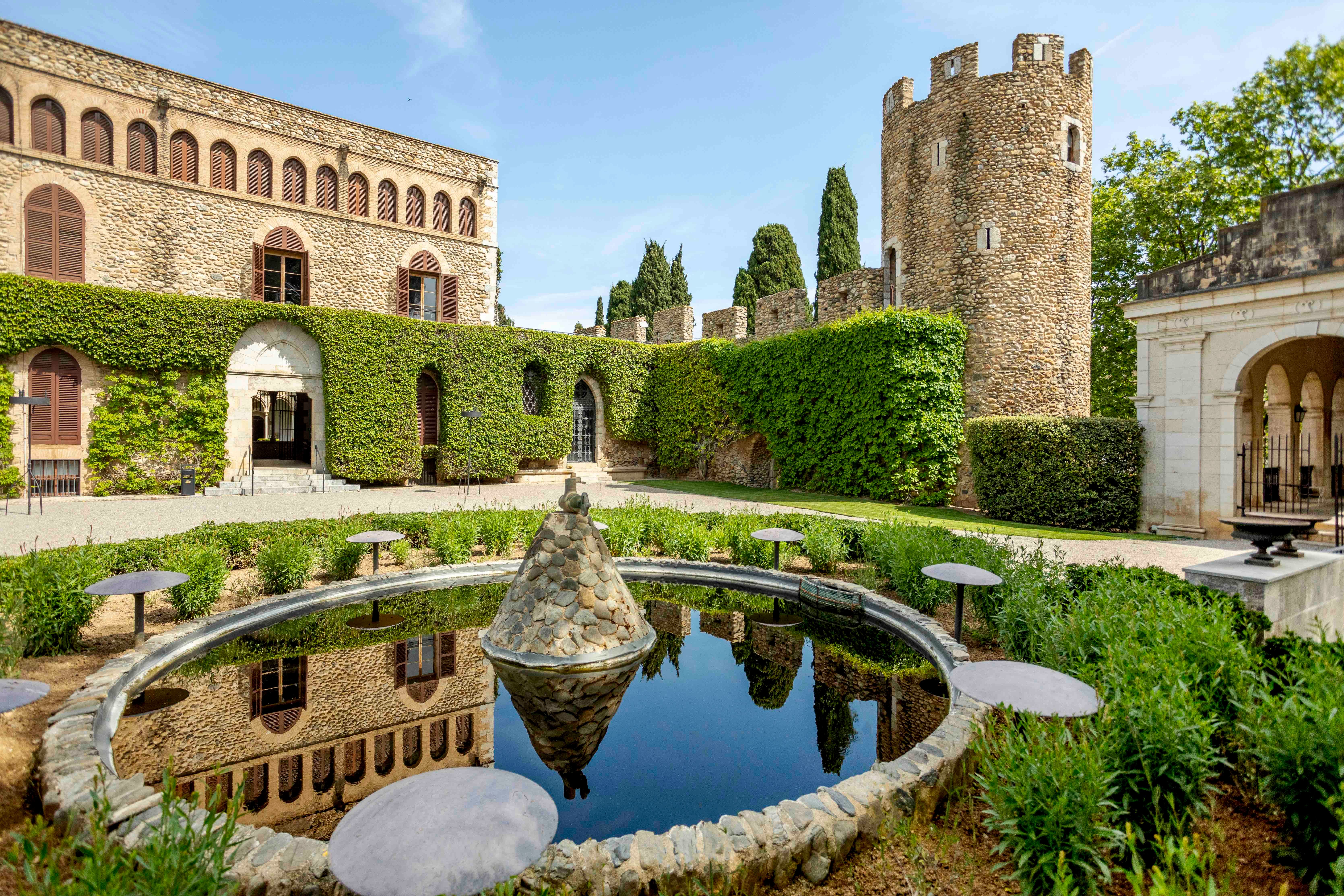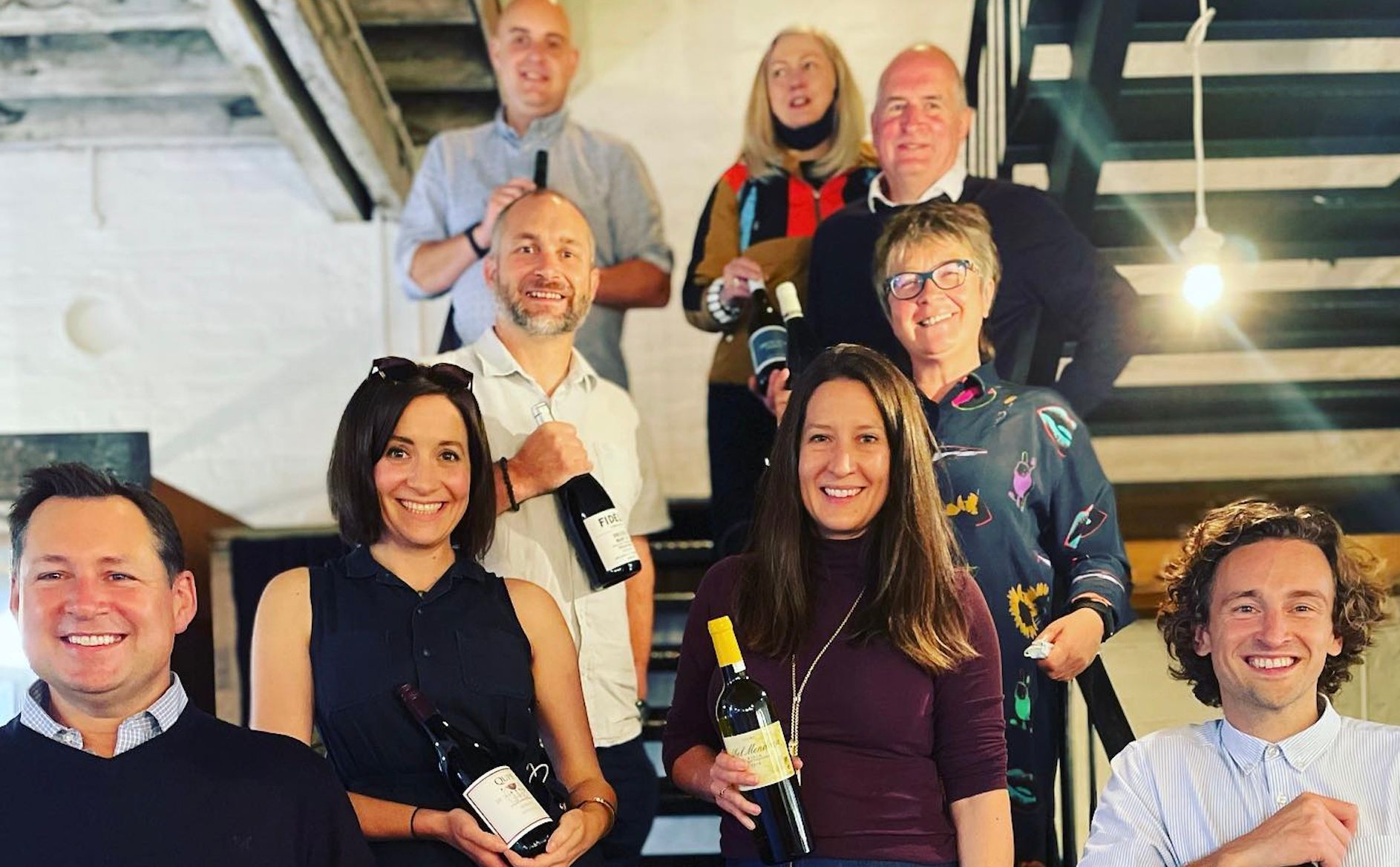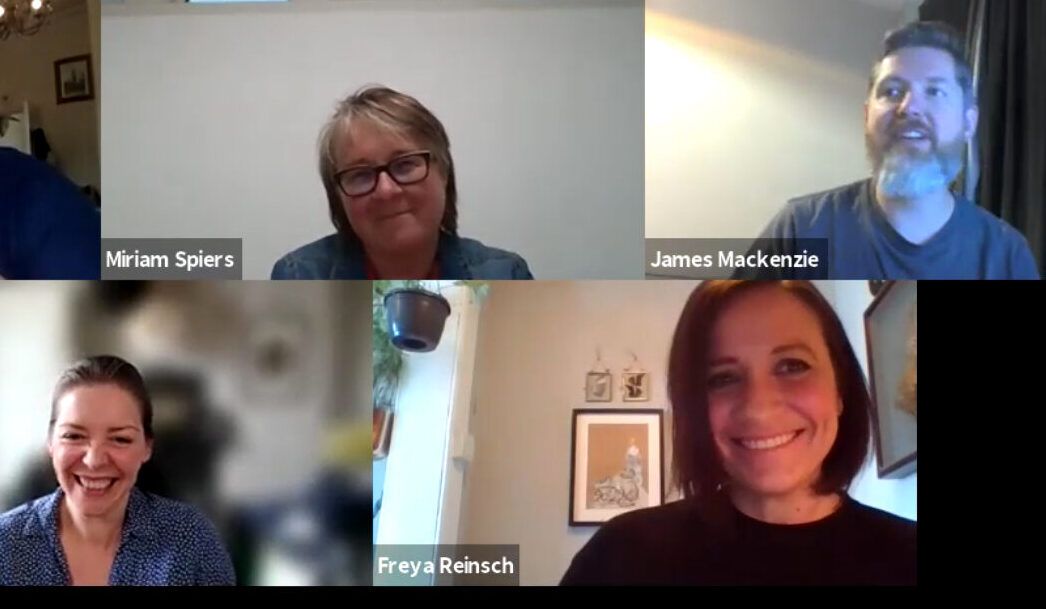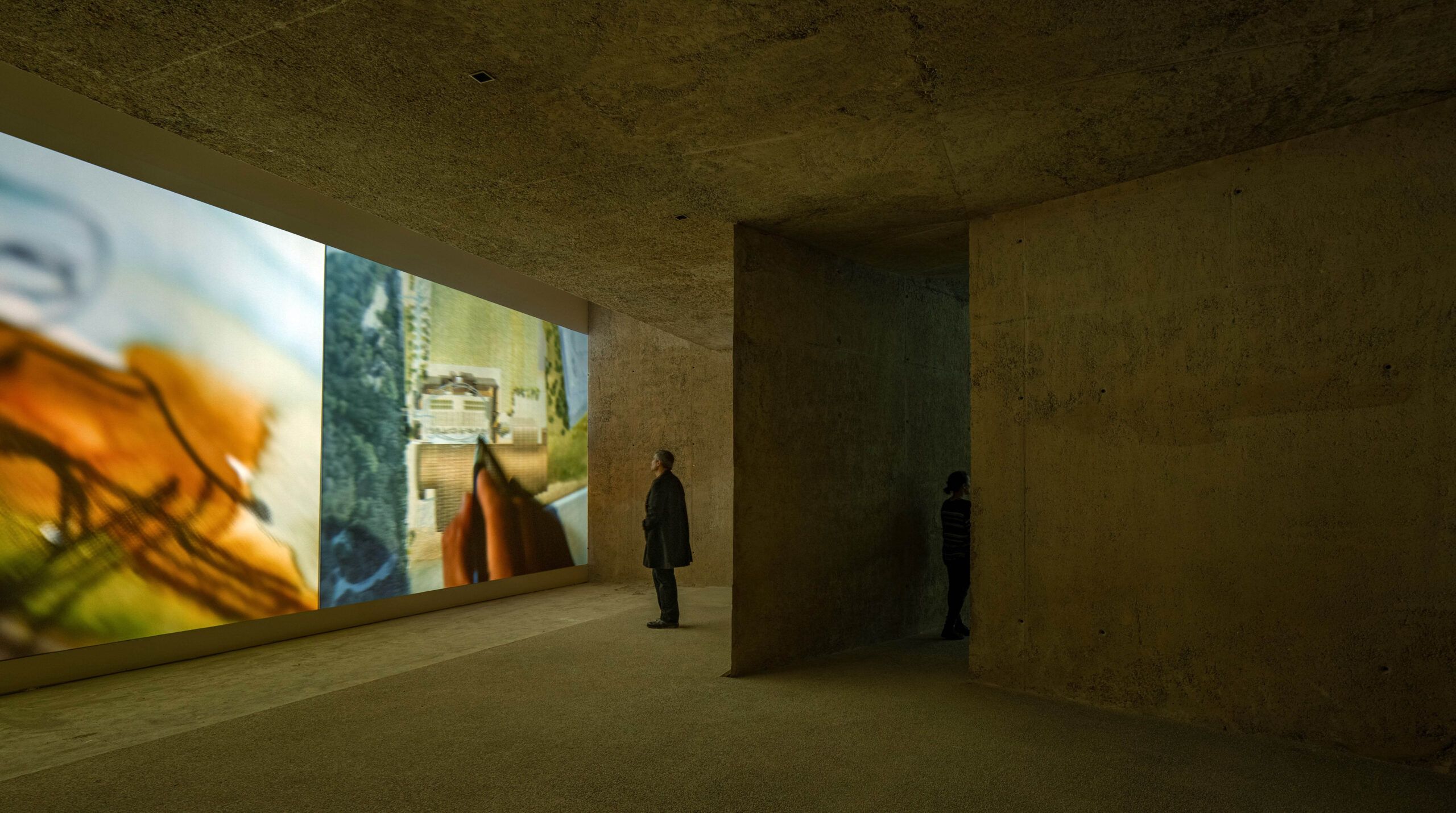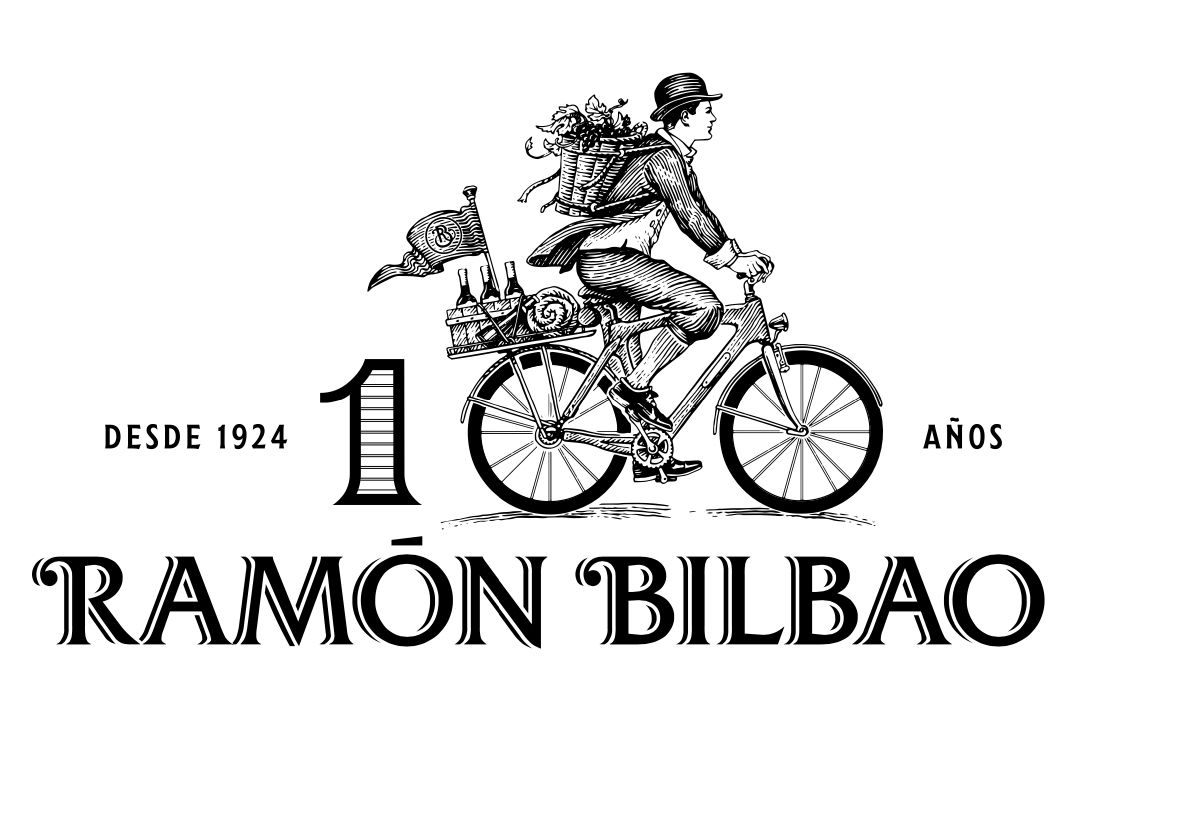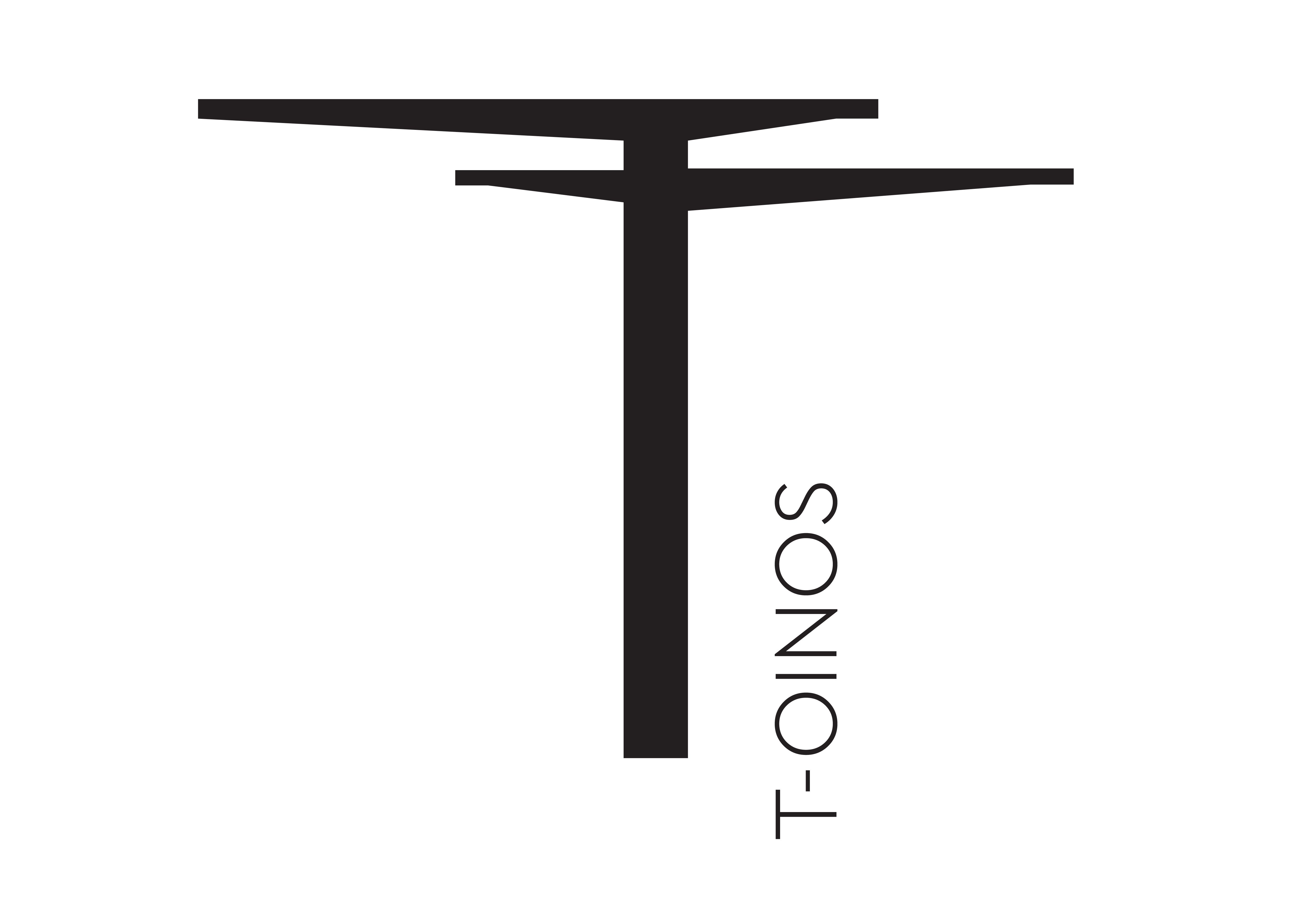The Perelada estate is one of Spain’s leading producers of wine and Cava and has been instrumental in flying the flag and spearheading the revival of DO Empordà, the oldest wine producing region in the Iberian peninsula.
While the family-owned estate can trace its winemaking history back to Carmelite monks in the 14th Century, Perelada is firmly at the forefront of modern Spanish winemaking, thanks to the launch of its new winery, which has now been in operation for two years.
While the concept of the modern winery was long in the making, the objective was never to increase production, but to improve the quality of the wine with each vintage, and to honour the region’s rich winemaking tradition, as well as equipping it for an ambitious future.
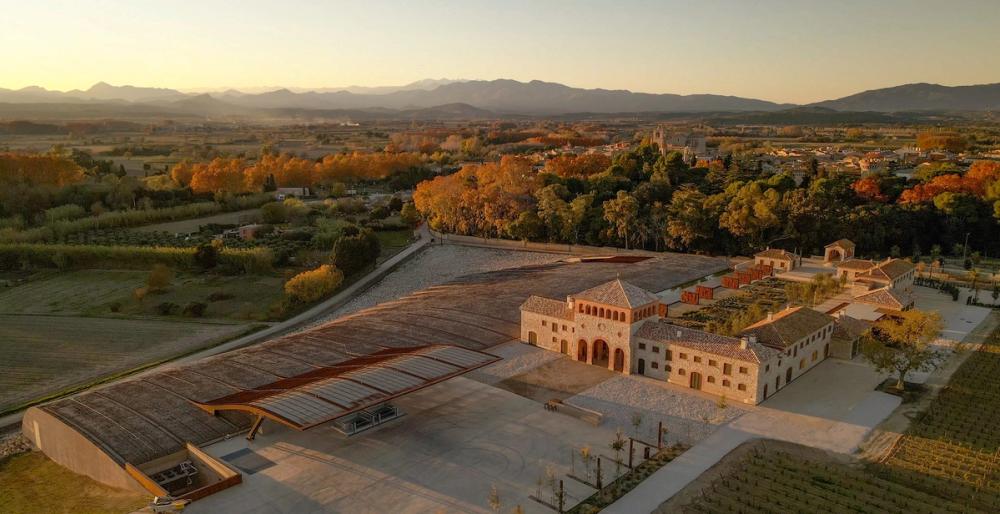
The new winery at Castilla Perelada has been designed and built to be as sustainable as possible
To this end, Perelada's owners, the Suqué Mateu family, made a substantial investment to develop a new eco-friendly, sustainable winery nearly 100 years after originally buying the estate.
“The intention behind the new winery was not to enable us to produce more wine, because we are a very small appellation” explains UK export manager Patrice Lesclaux. “It was always to allow us to adapt our way of vinification, to have a more efficient winery, and to better the quality of our wines.”
The new outfit, a stunning structure tucked away in a hillside and designed by the award-winning Girona-based RCA Arquitectes to blend seamlessly into the surrounding landscape, has also enabled the winery to adapt its wines to suit consumers’ changing tastes.
“They are moving towards fresher, more fruit-driven wines with less oak, and the traditionally Spanish wines are becoming less fashionable,” says Lesclaux.
With large concrete eggs, as well as stainless steel tanks and oak barrels, the winery is now able to age its wines partly in the eggs, and some in the smaller barrels.
“This way, the impact of the wood is lessened, and we get a bit more fruit, as well as balsamic aromas,” he adds.
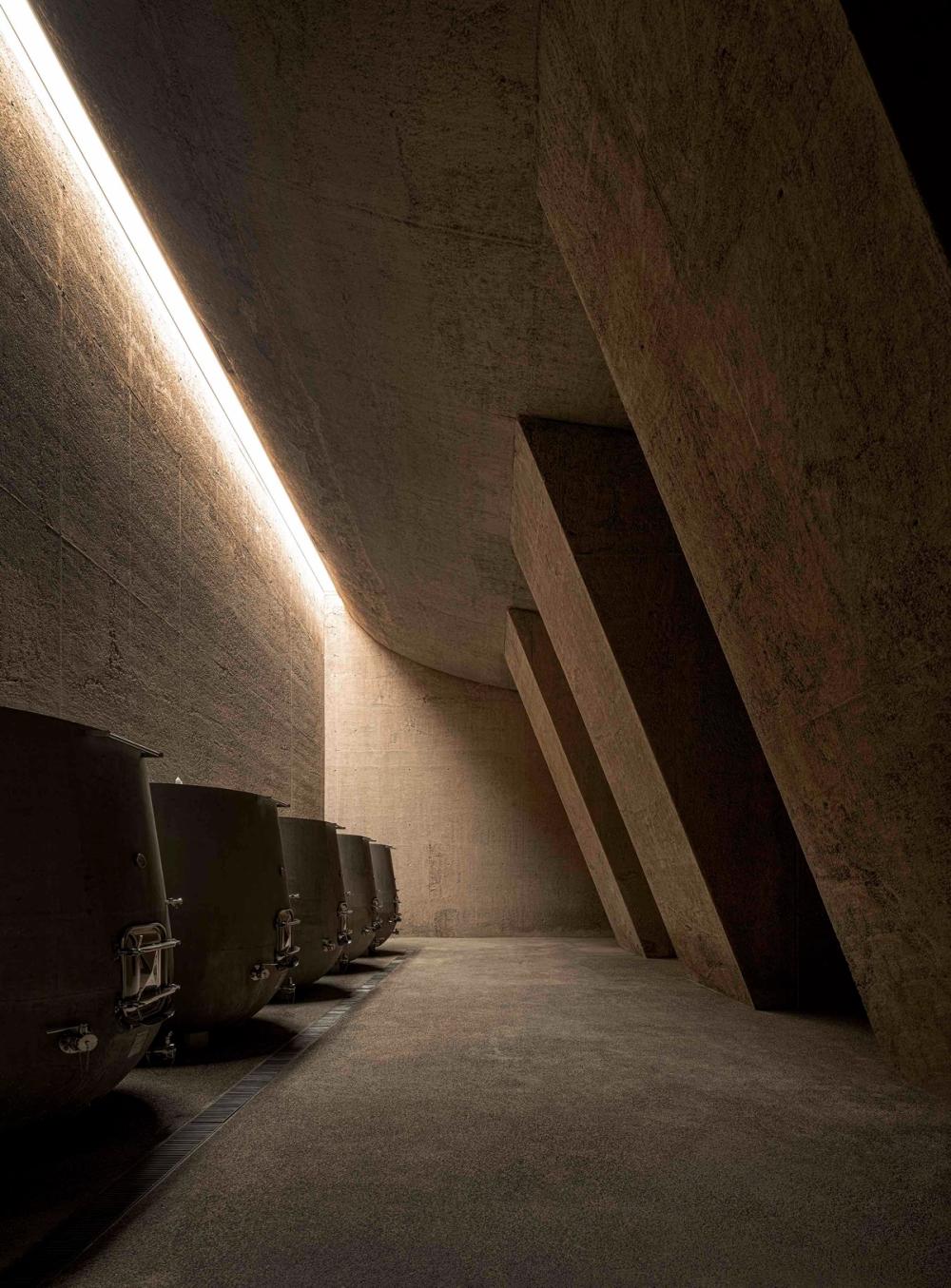
The new winery uses concrete eggs, stainless steel and oak barrels to help make fresher wines
Smaller fermentation tanks also allow Perelada to undertake micro-vinifications.
“These are very small tanks that we can use for our top wines. It means we can harvest individual parcels from the same estate and micro-vinify each one and then do the blend.”
Lesclaux gives the example of a mountain terrace vineyard with different orientations. While one parcel might be oriented to the east, another will be facing south, meaning the grapes will not be ready to harvest at the same time.
“Previously we were harvesting everything at the same time, but now even though there is only a three or four day difference it has had a huge impact and is the key to producing our top end wines.”
Energy efficient
Aesthetics aside, there was also a practical reason for building the winery into a hillside - to maintain a constant temperature. Designed to be extremely energy efficient, the new winery was built from 84% recycled materials, and uses gravity to do much of the work within the two tier layout, reducing the need for mechanical energy, so that when grapes enter the building on the roof, they are forced downwards, pressed and vinified by gravity alone.
As a result, the winery’s electricity usage has plummeted, partly because of the installation of huge solar panels which produce 120 kw of energy - a fifth of the winery’s total energy consumption. Natural light has also been allowed to flood into the building, minimising the need for artificial light. This is coupled with an advanced energy management system which ensures that all its electricity comes from renewable sources, significantly cutting energy consumption.
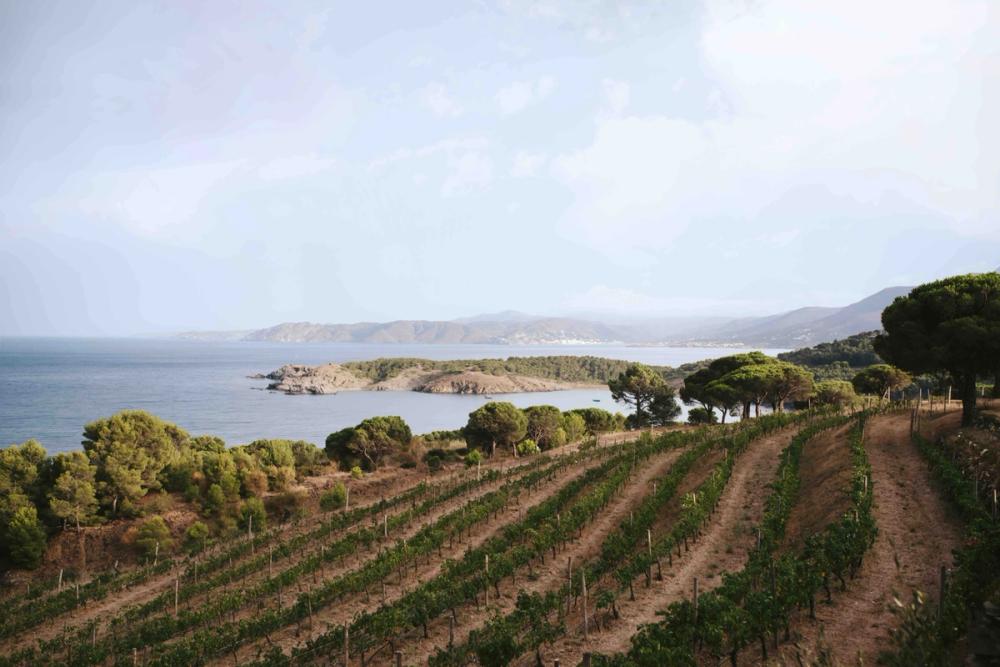
The proxmity to the sea has a major influence on the styles of wines that Perelada makes
The winery also harvests rainwater, and has vast storage tanks combined with a drainage system that reintegrates water into the ground, reducing its reliance on potable water by over 75%, while CO2 emissions have dropped 40%.
The new winery is certified as a Sustainable Wineries for Climate Protection, acknowledging Perelada’s ongoing improvements in the reduction of greenhouse gas emissions, waste reduction, energy efficiency, renewable energies and water management. It is also the largest sustainable winery in Europe as well as being the very first LEED (Leadership in Energy and Environmental Design) certified winery on the continent, a globally recognised mark of sustainability achievement and leadership.
Additionally, of Perelada’s five vineyards, three already have organic certification and the other two are set to achieve full organic status by 2025.
“It would make little sense to build a sustainable winery if you don’t apply the same philosophy in the vineyards,” says Lesclaux.
But this passion for sustainability and the environment is no passing fad for the Suqué Mateu family, who have been long-time proponents of a more sustainable way of farming while conserving the surrounding environment.
“The estate used to attract storks migrating from Africa to Europe, but back in 2000 they stopped appearing. The family hired a team of ornithologists from Barcelona to work out how to lure the birds back to the estate,” explains Lesclaux. “So the family have been committed to sustainability for a long time, and feel they have a responsibility to protect this beautiful part of Catalonia.”
History of estate
During the 1870s the castle had fallen into disrepair, and by the time the Suqué Mateu family acquired the estate in 1923 it required considerable investment to breathe new life into the property and surrounding land.
The family started making wine again, albeit on a small scale, but as this started to grow the family were forced to buy in grapes from other producers which was the case up until the 1990s when the decision was taken to make a concerted effort to put Perelada firmly on the winemaking map. With the help of family friend José Luis Pérez, founder of iconic wineries such as Mas Martine in Priorat, he helped to create four estates, while a fifth was purchased.
The five estates now comprise around 138 hectares in total, and produce a variety of grapes, with the focus being firmly on the indigenous Grenache and Carignan vines. Other grapes authorised by the appellation include Syrah, as well as Monastrell, and more widely grown varieties including Cabernet Sauvignon and Cabernet Franc. For white wines, the key grape is Garnatxa Blanca, as well as Xarello, used for Cava production.
The vineyards are planted in diverse terroir and stretch from the Pyrenees to the Mediterranean sea. Between 1995 to 1997 Perelada created terraces on which to plant new vines, which took three years to establish themselves and become fruitful.
The real turning point for the modern estate, according to Lesclaux, came in 2001 when the first vintage was made entirely from the vineyard’s own grapes. Annual production now weighs in at just under a million bottles a year, with approximately 70% of total production being red wine, though in recent years the proportion of white has been slowly increasing.
Jewel in the crown
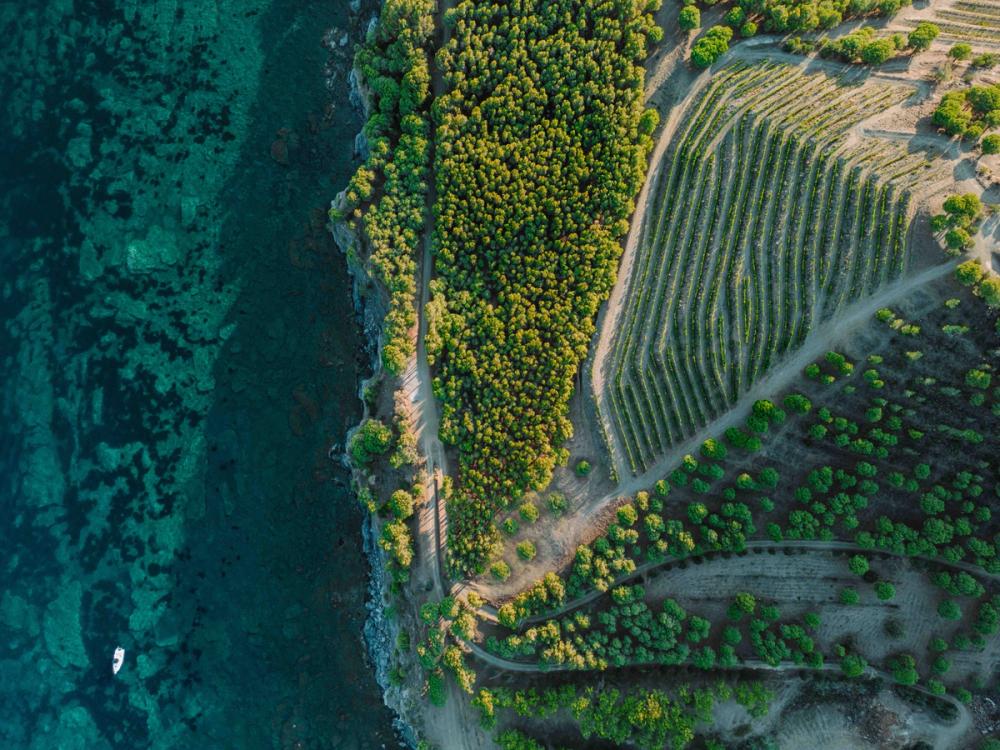
Perelada is situated in a dramatic location on a hillside next to the sea
The jewel in the crown of the Perelada portfolio is the 12-hectare Finca Garbet which enjoys a commanding position overlooking the Mediterranean, and sits on mountainous slaty terrain where terrace farming is essential. Key grapes produced include Cabernet Sauvignon, Merlot, Cabernet Franc, Syrah and Garnatxa. The close proximity of the sea boosts sun exposure by reflecting the sunlight, and also acts as a thermal regulator.
“It’s an example where everything is done by hand, but at the same time it’s a very high-tech vineyard,” explains Lesclaux. “It has its own weather station which provides our oenologists with all kinds of data which is relayed to our central computer every five minutes, providing information about the wind speed, rainfall, humidity in the soil and air and the amount of sun. So the oenologists know exactly how best to manage the estate and the optimum time for harvest.”
This knowledge enables the estate to produce the top end wines for which it is renowned, claims Lesclaux. “The weather station has helped our winemakers to understand how all these elements impact the vines.”
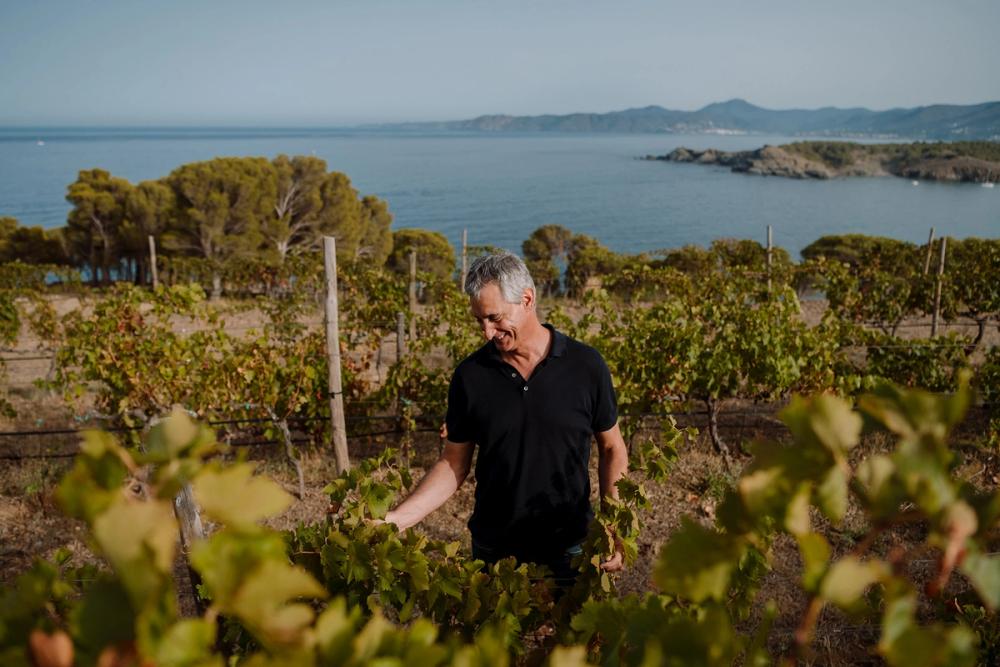
Delfí Sanahuja, director of oenology, is responsible for managing the different Perelada vineyards
The 41-hectare La Garriga is home to Perelada’s oldest vines – Samso and Garnatxa vines which are over 50 years old. The vineyard consists of flat silt and clay terroir, and is also home to an experimental plot, a single hectare where new and different varieties are tested.
Pont de Molins consists of 38 hectares of flat sandy soils where Cabernet Sauvignon, Merlot, Tempranillo, Chardonnay and Syrah are grown, while the 19-hectare Malaveïna vineyard situated in Garriguella is one of the newest estates planted from 1996 where a range of varieties are cultivated.
The smallest vineyard is the 21-hectare Espolla estate situated in the foothills of the Pyrenees where the slaty, acidic land is planted at a high density of 6,200 vines per hectare in order to reduce the vigour of the grapes, thereby achieving higher quality wines.
And in 2018 Perelada purchased a vineyard near Vilafranca del Penedes called Finca Almirall, a 100% organic estate enabling it to boost its production and establish itself as a serious player in Spain’s Cava business.
Water, wind and soil
Lesclaux believes that what makes the terroir of the region so special is what he describes as the “four elements of life”.
“These are the elements fundamental to creating wines with freshness, in the mild Mediterranean climate of the Empordà region. The cooling influence of the sea moderates summer temperatures, slowing down the ripening process and preserving the estate’s hallmark fresh acidity across all its wines.”
Another key element is the powerful and near-constant Tramontana winds, which not only moderate the temperature but also ensure the vines remain healthy by reducing humidity, and minimising the risk of mildew. This is particularly important as the area is subject to frequent rain and storms due to its proximity to the Pyrenees.
“Not only does the wind moderate the heat, it also takes molecules of the surrounding flora such as pine, lavender, rosemary, thyme and fennel which adhere to the grape skins. When you press and macerate you really notice these Mediterranean aromas,” says Lesclaux.
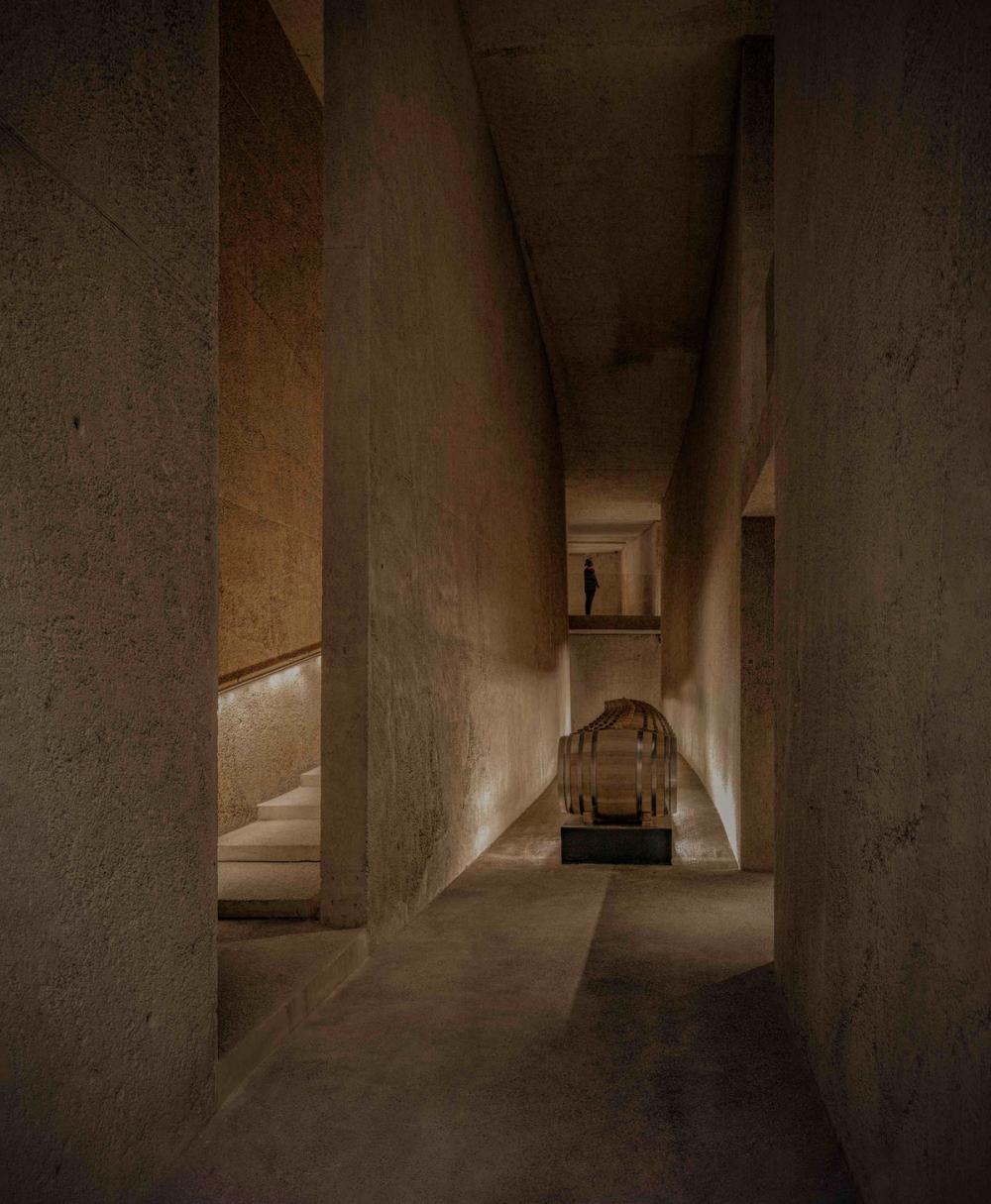
Part of the barrel room at the new Perelada winery
The final element in the mix is the soil itself, which is largely volcanic slate.
“It’s just like in Priorat, where the soil is fairly poor quality and the vines struggle a lot. But the vines are now 20-25 years old and have developed deep roots enabling them to reach water and minerality from the soil.”
He adds: “These elements allow us to produce fresh wines with great acidity, but with lots of tannins too. The poor soil means the vines struggle, so the fruit doesn’t grow very large, creating a larger proportion of skin compared to the pulp.” This, he explains, means that the impact of the skin on the pulp is greater than if the fruit were larger.
“So when we press the grape and do the maceration we extract a lot of colour and tannins and aromas from the skins, giving us these unique, fresh, but at the same time distinctly Mediterranean wines.”
And the wines are good for drinking young as well as for ageing, he claims. “These are wines that can age for decades. Our wines from Garbet, which is considered by critics to be the best Syrah in Spain, can age well for more than 20 years easily.
“But with their great acidity and round tannins the wines can also be enjoyed very young, because the tannins are very velvety and soft from the start, not like in Bordeaux or Priorat where sometimes you have to wait for the tannins to ripen. That is so unique.”
Managing demand
The premium nature of their wines, growing international recognition and a raft of recent accolades mean that demand for Perelada’s wines is high. Half of its Cava production is earmarked for export, while approximately 35 – 40% of its still wine is shipped internationally. Europe remains the biggest overseas destination, though the winery sells its wine to all corners of the globe, with the UK amongst the top five markets with strong growth in both independent retail and the on-trade.
Other top European destinations include Scandinavia as well as Belgium and the Netherlands, followed by the UK and Germany.
The UK, reports Lesclaux, has been growing in the past year, and with Alliance Wines on board as its sole importer and distributor, the future for Perelada in the UK looks positive.
“Both still wines and Cava are experiencing growth in the UK, which is in our top five export markets,” confirms Lesclaux.
“Our wines do particularly well in the UK on-trade as the wines are gastronomic and consumers’ appreciation of their quality has never been higher. British consumers have discovered that Spain can compete with other great wines and deliver incredible quality and interest.”

* You can find out more about Perelada at its website here.
* You can find our more about its UK distributor Alliance Wine at its website here.
* Alliance Wine is a commercial partner to The Buyer.
